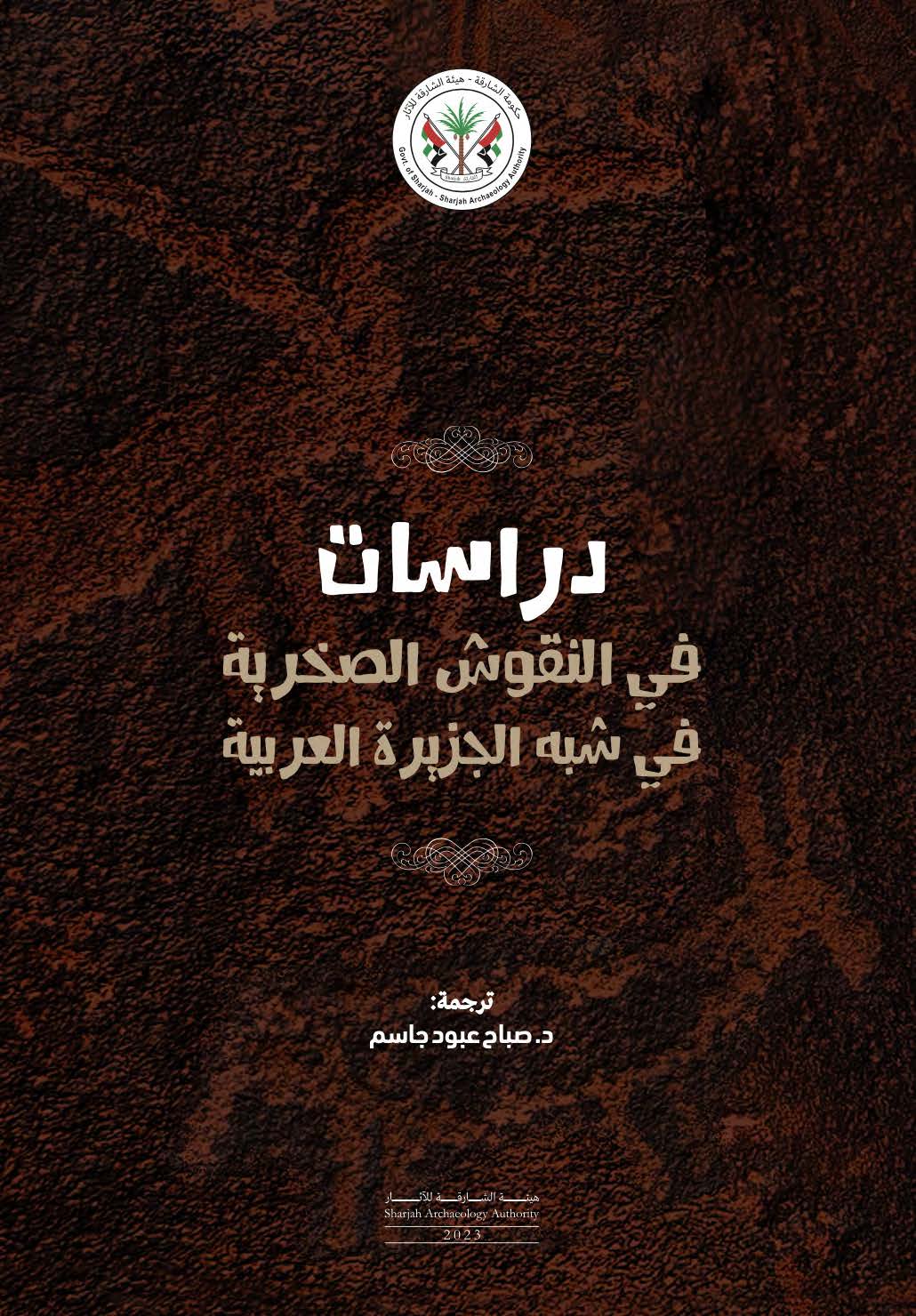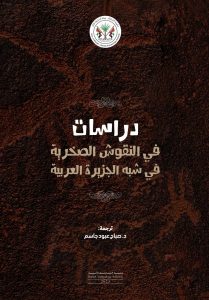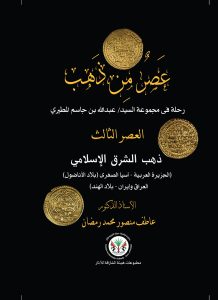Published Date : 2023
Auther : Dr. Sabah Abboud Jasim
Publisher : Sharjah Archaeology Authority
Available Languages -
The archaeological record of the world has shown the passion of the human soul for the love of art and beauty since the earliest times, and ancient man expressed his feelings and artistic creativity through several means and methods, one of which is “rock art”, which in turn is divided into two types of art; one is rock drawings or what is found in caves; “Pictograph” – called “cave art” – located in remote mountainous areas. This type is represented by drawings of painted wild animals believed to be associated with magic and religion, and the oldest known examples of it, which were recently discovered on the island of Borneo in northern Indonesia, date back to about 40,000 years ago, followed by discoveries in Europe, where the oldest drawing is found in a cave in southern France and dates back to about 37,000 years ago)), and in any case this type of rock art does not concern us in this research. The second type of rock art, which forms the focus of our current topic, “Petroglyph”, is called rock carving. It is a huge and diverse group of different shapes produced by human hands on smooth natural rock faces by removing limited parts of the rock surface by means that include incising, scratching, tapping and carving using primitive tools such as rock chisels and stone hammers. These carvings represent a diverse group of human and animal shapes, geometric shapes, weapons, boat shapes and what appear to be maps that represent terrain, rivers and other geographical features, in addition to symbols, universal signs and incomprehensible shapes. It is likely that some of the carvings constitute a type of symbolic communication as types of primitive writing (Hoston, Stephen D, 2004), as is the case with Sumerian writing, which was created by the inhabitants of southern Mesopotamia at the beginning of the third millennium BC, where pictures and signs replaced verbal sounds. Signs may represent boundaries between neighboring tribes. Some of them identified the rock carvings as musical instruments (“rock cymbals”). Petroglyphs are among the oldest works left by humankind, and their importance lies in their being historical sources.
(1) British Press 18/11/2018.
(2) Houston, Stephen D. 1 October 2004. “The Archaeology of Communication Technologies”. Annual Review of Anthropology.
33 1(: 223–250. doi: 10.1146/annurev.anthro.33.070203.143724. ISSN 0084-6570.
(3) Ancient Indians made ‘rock music’. BBC News 19 March 2004. Retrieved on 12 February 2013.
(4) WIKIPEDIA-Petroglyph, Interpretation.
(5) J. Collingwood Bruce 1868; cited in Beckensall, S., Northumberland’s Prehistoric Rock Carvings: A Mystery Explained.
Pendulum Publications, Rothbury, Northumberland. 1983:19(.
A task that involves a lot of information related to the activities of daily life, ways of living, customs, traditions, beliefs, and religious rituals practiced by ancient man within the societies that made them in previous ages. Thus, rock carvings are not just pictures or manifestations of rock art, but rather cultural symbols or religious meanings, documentary records rich in historical information, and attractive museums that stand out in the natural landscape, and thus they are an important source of archaeological tourism and economic income. Rock carvings are found in many locations spread across vast areas throughout the world’s continents, with the exception of Antarctica. Despite these large numbers, wide geographical spread, and distant time distances, almost all of them are strikingly similar, which attracts attention and makes one feel astonished and amazed as if they were made by the same people and in the same period of time.
The Golden Age – Third Age
Published Date : 2023
Auther : DR Atef Mansour
Publisher : Sharjah Archaeology Authority
Available Languages -
The Sharjah Antiquities Authority pays special attention to analyzing and studying the results of archaeological ...
Snake cults in Iron Age south eastern Arabia. A consideration on autochthonous developments and possible connections with other Middle Eastern traditions
Published Date : 2015
Auther : Tracey Cian
Publisher : UCL Qatar
Available Languages -
This document presents a research proposal on the significance of snakes in the religious beliefs ...



